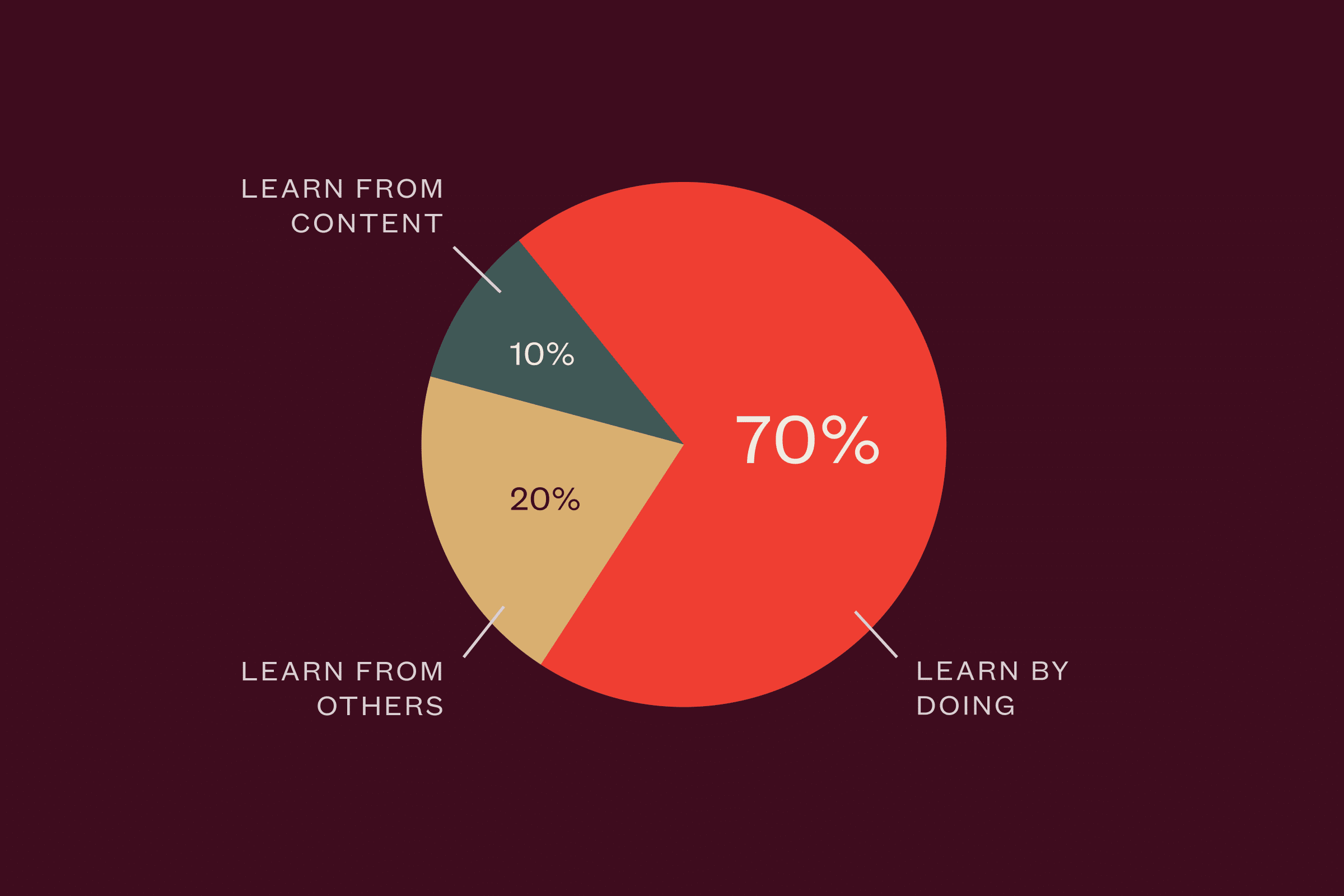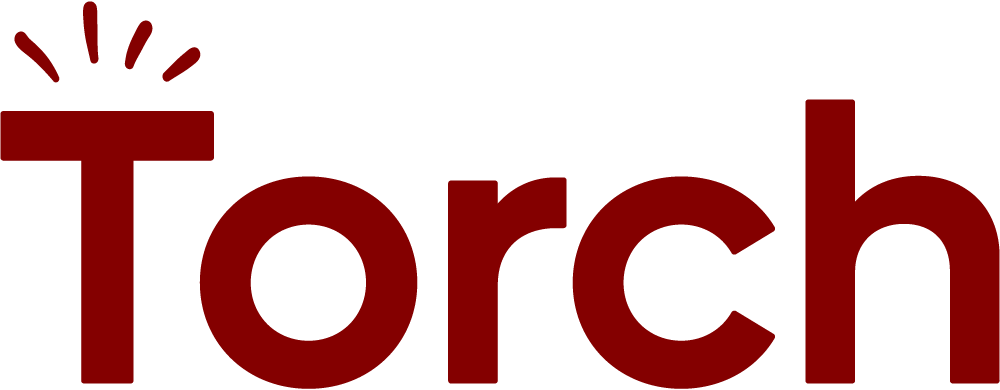Organizations recognize the importance of learning and development. In fact, 84% of corporate leaders view learning as a critical issue, which is likely why investment in training programs is at an all-time high. However, nearly every CEO and CHRO reports that their leaders aren’t developing skills fast enough. So what’s missing from the current approach to development?
Historically, learning management systems were designed to enforce compliance. While modern systems have improved since then, they’re still not driving lasting behavior change. That’s where the 70:20:10 learning model can help.
What is the 70:20:10 learning model?
This methodology was originally introduced after a study conducted by the Center for Creative Leadership (CCL) examined how executives learn, grow, and change over the course of their careers. The takeaways were surprising.
Although companies spend tens of billions each year to train employees, most executives didn’t credit this as their primary source for learning leadership traits. Instead, the executives cited on-the-job experiences, challenging projects, and mentoring as key elements to developing their leadership qualities.

CCL then published the ratio they believe to be the most effective model for learning:
- 70% for job-related experiences
- 20% for developmental relationships
- 10% for formal coursework and training
Since then, the 70:20:10 learning model has been widely utilized by organizations – with great success. But what exactly is it about this approach that’s so effective?
Why the 70:20:10 learning model is effective
There are a few reasons why the 70:20:10 learning model works well for employees:
Diversifies approaches to learning
Not everyone learns the same way. That’s why offering a program that contains a healthy mix of opportunities and channels for learning can be effective. This gives employees the flexibility to shape their learning experience in a way that works for them.
Increases employee engagement
With the right tools and resources in place, the 70:20:10 model can engage your team by making learning immediately actionable. When employees feel empowered to take action in the workplace, they focus on their career goals, are more eager to collaborate with peers, and take initiative to connect with others without waiting for others to push them towards these critical relationships.
Allows scalability
The majority of learning opportunities through the 70:20:10 model are provided on the job and through workplace relationships. This makes any learning and development program easy to scale, without sacrificing personalization. This learning model also allows employees to leverage specific components based on their needs and ‘upgrade’ to more intensive experience-based programs when the time is right.
Want to learn how Torch’s leadership development platform can support your development needs?
How to get started with the 70:20:10 learning model
If you’re thinking about introducing the 70:20:10 model to your organization but aren’t sure where to start, we’re here to help. Below, we laid out an overview of each component of the learning model and share recommendations on how to address each one.
For the 70%: Job-related experiences
Employees should gain the bulk of their learning opportunities through their jobs. This can be achieved in a variety of ways, whether that’s by acquiring new skills while working on a project or navigating challenges that come up in the role. To help employees make the most of their on-the-job learning experience, you can:
- Introduce employees to new projects that broaden the scope of their role
- Expand their decision-making authority
- Provide opportunities for employees to manage people and projects
- Include them in more strategic leadership meetings
- Offer mentoring or leadership coaching to provide on-the-job support
For the 20%: Developmental relationships
The key to implementing the 20% is to give employees the opportunity to learn through their interactions with others – whether that’s with a manager, colleague, or a senior leader. Here are a few ideas to help your workforce nurture their workplace relationships:
- Launch a mentoring program
- Set up leadership coaching sessions
- Provide regular opportunities to give and receive feedback
- Encourage cross-functional involvement in projects
For the 10%: Formal coursework and training
Finally, you want to focus 10% of your efforts on setting up a formal professional development program. Don’t be afraid to step beyond the scope of traditional group training sessions. Here are a few ideas to get you started:
- Offer videos, webinars, and readable content
- Share relevant resources authored by industry leaders
- Provide reimbursement for certifications and career development classes
- Host seminars and panel discussions
If you find that your learning and development efforts aren’t quite delivering the ROI that you anticipated, consider introducing the 70:20:10 learning model to your organization.









